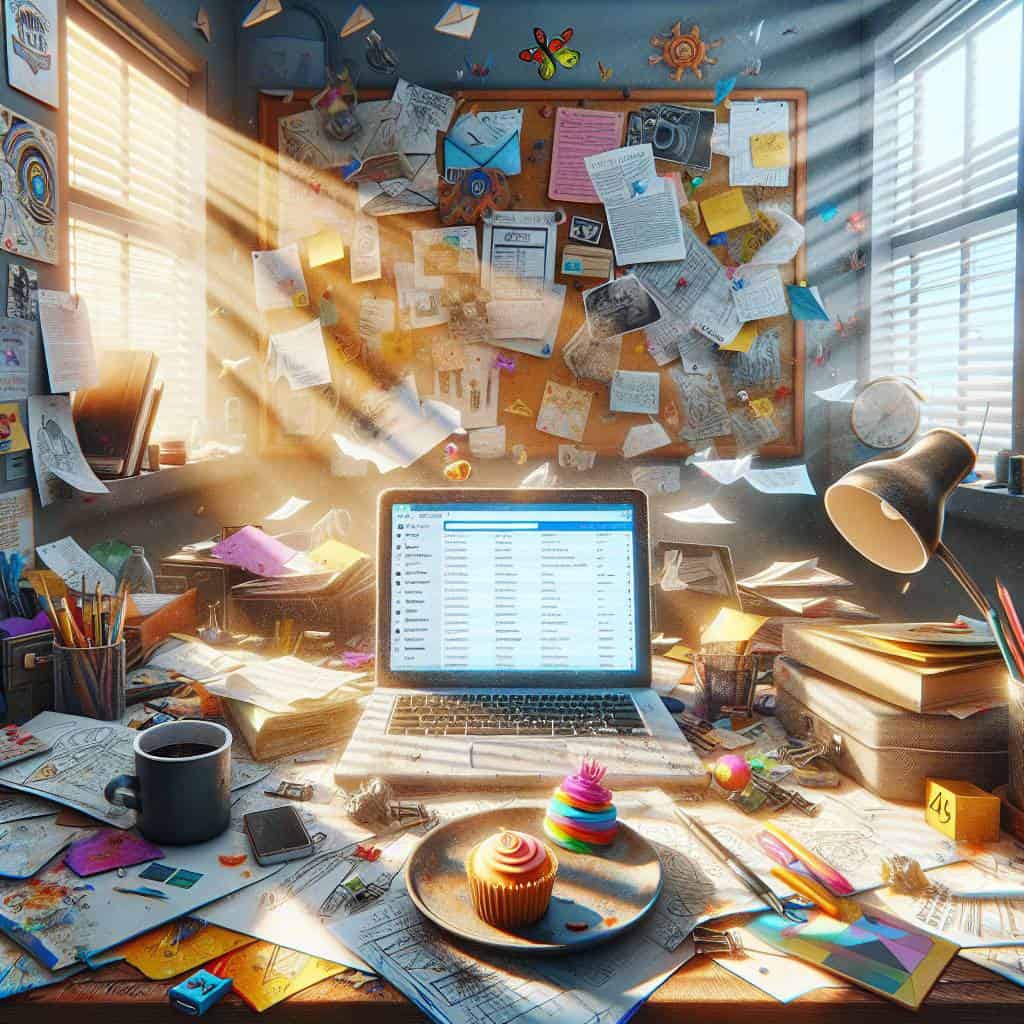I once had a client who demanded “copy that sizzles.” I obliged, with a headline that was fire—literally. “Scorching Deals to Burn Your Budget Right!” They hated it. Thought it was too aggressive, too in-your-face. But here’s the thing: if your words aren’t making someone uncomfortable, they’re probably not memorable. I learned that day that most people don’t want real heat; they want the illusion of warmth—safe, predictable, forgettable. But I can’t stand lukewarm. If you’re diving into this article expecting hand-holding or platitudes about the magic of storytelling, you’ve come to the wrong place.

What you will find is a blueprint for crafting copy that doesn’t just sit there like a digital couch potato. We’re talking about words that leap off the page and demand attention—headlines that grip, calls to action that are impossible to ignore, and copy that turns browsers into buyers. Whether you’re a seasoned pro or a newbie trying to break free from the shackles of mediocrity, we’re going to dissect the anatomy of compelling copywriting. So, buckle up. This isn’t a gentle stroll; it’s a full-throttle race against the mundane.
Table of Contents
The Call to Action Saga: How I Learned to Stop Worrying and Love the CTA
In my world of design, the call to action (CTA) is the crescendo in a symphony, the moment where everything you’ve built leads to that singular, electrifying note. But, let’s be honest. For the longest time, I treated CTAs like they were cursed relics—awkward, clunky, and terrifyingly essential. The thought of aligning my meticulously crafted visuals with a few forceful words felt like inviting chaos to my doorstep. Then it hit me—chaos is my canvas. Why not embrace it? I realized the CTA wasn’t the enemy; it was the unsung hero, the bold exclamation in a sea of commas. It’s the spark that propels your audience from passive observers to active participants, a call for them to leap into the unknown with you.
So, how did I stop worrying and start loving the CTA? By understanding it’s not just about slapping on a “Buy Now” or “Learn More” at the end of your copy. It’s about constructing a bridge built from genuine connection and urgency, a reflection of the headline’s promise and the narrative’s pulse. To truly craft compelling copy, every word must seduce, every sentence must tease, and the CTA must be the irresistible, final invitation to dance. It demands precision and creativity, a delicate balance I’ve come to relish. It’s that moment when design meets directive, where every pixel and punctuation mark collaborates to challenge the ordinary. And in that sweet spot, my friends, is where true transformation begins.
The Art of Verbal Seduction
True copywriting is the art of bending words to your will, crafting headlines that grab by the throat, and CTAs that whisper, ‘You need this—now.’
The Art of the Unspoken Word
So here we are, at the tail end of this wild odyssey called copywriting. It’s not just about words strung together like beads on a necklace; it’s about crafting a symphony that resonates with the untamed pulse of human desire. I’ve learned that writing compelling copy is akin to dancing on the edge of chaos, where the mundane dissolves, and raw emotion takes the stage. Headlines? They’re the siren’s call, an unspoken promise of something extraordinary that awaits. And CTAs? They’re not just commands—they’re the whispers of opportunity, coaxing your audience to leap into the unknown.
I’ve stood at the crossroads of creativity and commerce, where every sentence is a battle for attention, every phrase a quest for authenticity. There’s no room for complacency in this arena. It’s a space where every word must fight for its life, cutting through the noise like a blade through fog. In the end, it’s not about selling a product—it’s about selling a vision, a piece of the extraordinary. So let’s disrupt, defy, and redefine what’s possible. After all, the real magic lies not in the words themselves, but in the spaces between them, where imagination takes flight.













